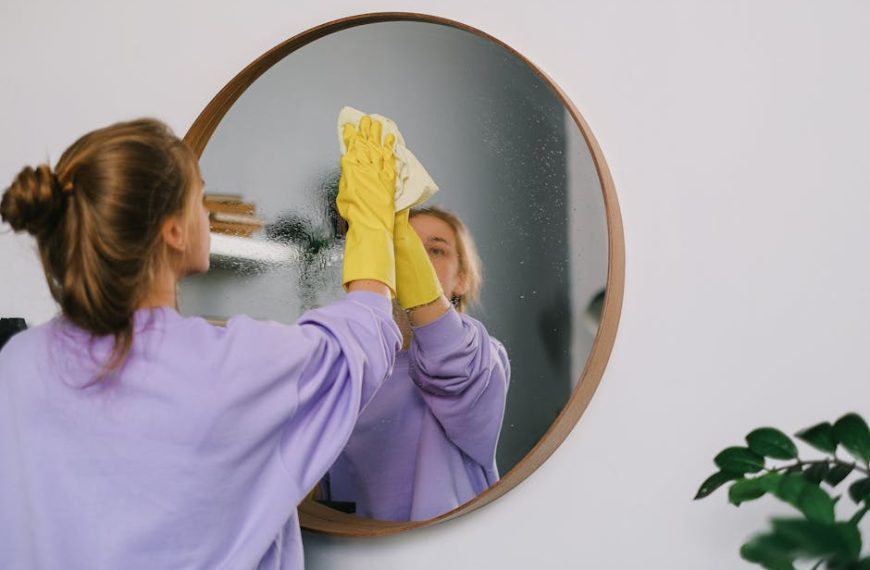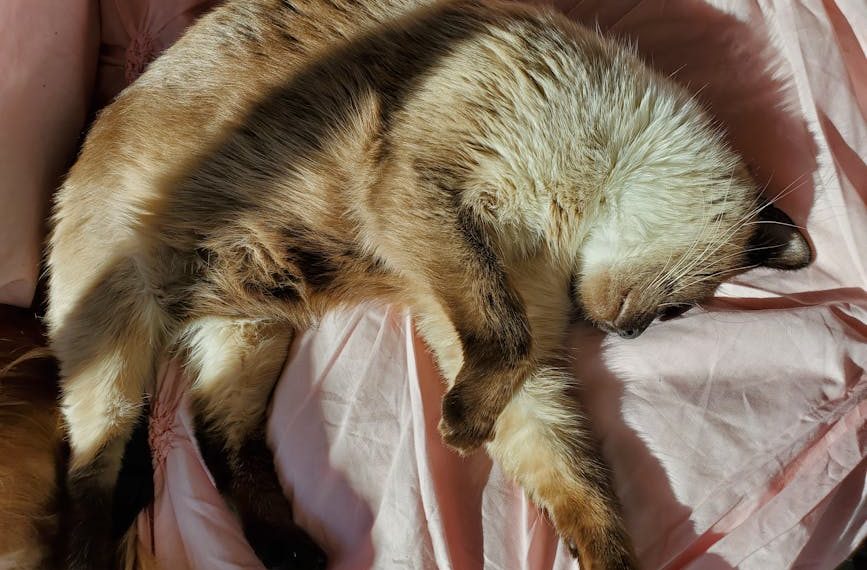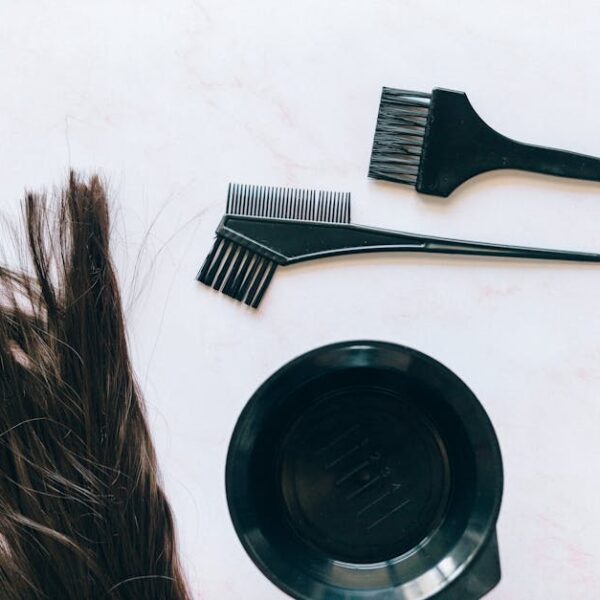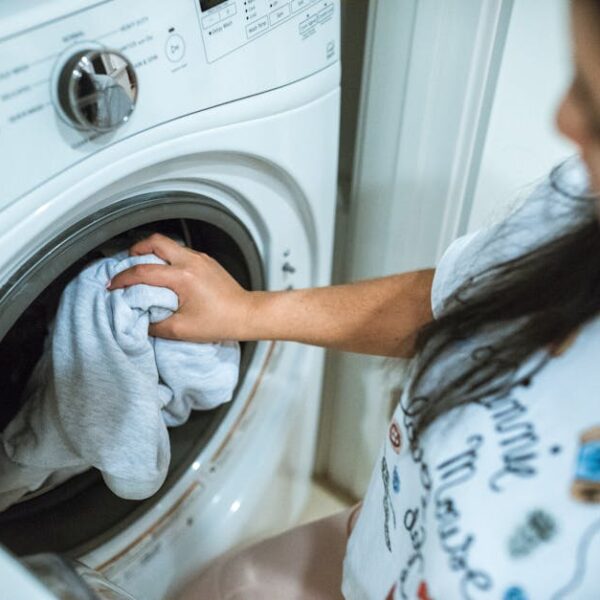Borax, also known as sodium borate, is a naturally occurring mineral salt that can be found across the globe. Although it’s primarily recognized for its powerful cleaning and brightening capabilities in the laundry world, its application extends much further. Borax can be found in household cleaning products, cosmetics, pesticides, and even food preservatives, showcasing its versatile use. It mainly comes in the form of a white powder, but one can also find it as a solution.
While its commercial availability and widespread use make it seem less imposing, Borax is considered a potent substance that requires responsible handling. Due to its capabilities, it is often sought after by DIY enthusiasts for tasks like removing rust, cleaning carpets, or even making homemade slime!
If you’re looking for Borax, you can typically find it in the laundry or cleaning aisles of grocery stores or home improvement stores.
The chemical composition of Borax (Na2B4O7·10H2O) plays a substantial role in its versatility and effectiveness. On a molecular level, Borax plays two primary roles. The sodium ions work to soften water, which makes cleaning more effective. Meanwhile, the boron compound serves as a mild antiseptic and molds killer—ideal traits for a cleaning agent.
Here are some best practices for storing and using Borax:
- Store it in a cool, dry place away from the reach of children and pets.
- Always wear gloves and avoid direct contact with skin as it may cause irritation.
- Don’t ingest Borax – it’s safe for cleaning, not eating!
In a face-off against other cleaning agents, Borax holds its own due to its cleaning prowess and wide range of applications. But like other substances, it has potential hazards that need to be understood.
Compared to Bleach:
| Borax | Bleach | |
|---|---|---|
| Cleaning Efficacy | Effective | Very Effective |
| Range of Use | Versatile | More limited |
| Potential Hazards | Can cause skin irritation and is harmful if swallowed | Corrosive, harmful if inhaled, and dangerous if swallowed |
Indeed, as with many substances, Borax has raised safety and health concerns. Its capacity to be both beneficial and potentially harmful has led to debates about its safety. While some studies link Borax exposure to adverse health effects, including hormone disruption and respiratory irritation, these studies often involve higher concentrations and prolonged exposure not typically encountered in regular household use. It is, however, always beneficial to be informed about such risks, because, even in small amounts, certain individuals might have unexpected reactions.
Potential Risks:
- Skin Irritation: Direct contact might irritate your skin
- Hormonal Disruption: Several studies have linked excessive borax exposure to hormonal imbalances
- Eyes: Accidental ingestion or eye contact may cause damage
Benefits of Borax:
- Multifunctional: Useful in various applications like laundry, cleaning, gardening, and even crafts like slime-making
- Economical: Compared to specialized cleaners, Borax offers an affordable alternative
- Natural: As a mineral, Borax is a greener alternative to chemically synthesized cleaning agents
Regardless of the substance, safety is always a priority. If considering using Borax, here’s a checklist:
- Always wear gloves when handling Borax
- Avoid direct contact with your eyes, skin, and mouth
- Keep it out of reach from children and pets
- Always use it in a well-ventilated area.
Usage of Borax in Slime-Making
The magic behind the goopy and oozy DIY slime loved by kids lies with our friend – Borax! Borax acts as a linking agent, bonding the polymer molecules in the glue to create the stretchy concoction. By merely adding water, glue, and Borax, we set off a chemical reaction that creates this fun and fascinating toy.
Here’s a quick guide on how to use Borax safely to make slime:
- Use a bowl to mix 1 tablespoon of Borax with 1 Cup of warm water. Stir until all the Borax has dissolved.
- In another bowl, mix 1/2 a cup of glue with 1/2 a cup of water. Stir well.
- Once both solutions are prepared, slowly pour the Borax solution into the glue mix while stirring continuously.
- You will start to see the mix turning into slime. Keep stirring until you achieve the desired consistency.
- Remember to wash your hands before and after the process. Avoid touching your face, especially the eyes, while you’re in the middle of creating your slime.
- Always supervise kids when they’re playing with slime, and make sure they clean their hands afterward.
Would you prefer a Borax-free slime recipe? Give this one a shot!
Mix equal parts of glue and shampoo, then slowly thaw in some cornstarch until you get the right slimy consistency.
Legislation and Regulations Regarding Borax
As with all versatile items with varying degrees of potential risk, Borax has been regulated in various ways across the globe. This mainly due to its potential health risks when ingested or used improperly. In the United States, Borax is freely sold and widely used as a cleaning product, pest control agent, and laundry booster, among other things.
However, in the European Union, the sale of Borax is restricted due to its designation as a substance of high concern. This region has taken stringent measures on items potential for health and environmental risks.
Regulations Compared:
| United States | European Union | |
|---|---|---|
| Use in Households | Allowed | Restricted |
| Sale to the General Public | Allowed | Not Allowed |
| Use in Cosmetics | Allowed | Not Allowed |
This doesn’t necessarily mean Borax is dangerous for occasional use in the home — it simply means we need to be aware, cautious, and respectful of its potential. Always follow crucial safety steps in handling, use it responsibly, and you’ll find Borax a versatile and useful tool in your household arsenal!
Key Takeaway:
- Borax, or sodium borate, is a versatile, naturally occurring mineral salt used in various applications such as laundry, cleaning, gardening, and craft-making.
- The substance works by softening water and acting as a mild antiseptic and mold killer, making it an efficient cleaning agent.
- Although beneficial, Borax comes with potential health risks such as skin irritation and hormonal disruption, especially with prolonged exposure.
- Despite safety concerns, Borax plays a fascinating role in DIY slime-making due to its ability to bond polymer molecules in glue.
- Globally, regulations on Borax vary; while it is freely sold in the United States, its sale is restricted in the European Union.
It’s important to treat Borax with caution, keeping safety as a priority while using it. With responsible handling and an understanding of its potential risks, we can continue to harness the versatile benefits of this mineral salt. Always wear gloves, avoid touching your eyes and mouth, and ensure a well-ventilated environment when working with it.
FAQs
Q: Is it safe to use Borax around pets?
A: Similar to humans, Borax may pose potential risks to pets if improperly handled. Always ensure Borax is stored securely out of their reach to avoid accidental ingestion.
Q: Can I use Borax to clean baby items?
A: While Borax is an effective cleaner, it’s advisable to stick with baby-friendly alternatives for cleaning baby items, as it can cause skin irritation.
Q: Can Borax be used for gardening purposes?
A: Yes, Borax can be used in small amounts as a soil supplement in gardening. However, overuse can hurt plants as it can accumulate and become toxic.
Q: Can people with sensitive skin use Borax on their clothes?
A: It’s generally not recommended as Borax could potentially cause skin reactions for those with sensitive skin, especially in infants and young children.
Q: Is there a more natural alternative to Borax for homemade slime?
A: Yes, there are several Borax-free recipes for homemade slime. One example is mixing equal parts of glue and shampoo, then slowly adding cornstarch until achieving the right consistency.
Feel free to share this enlightening article and explore more posts to make well-informed decisions while cleaning, crafting, and experimenting!












